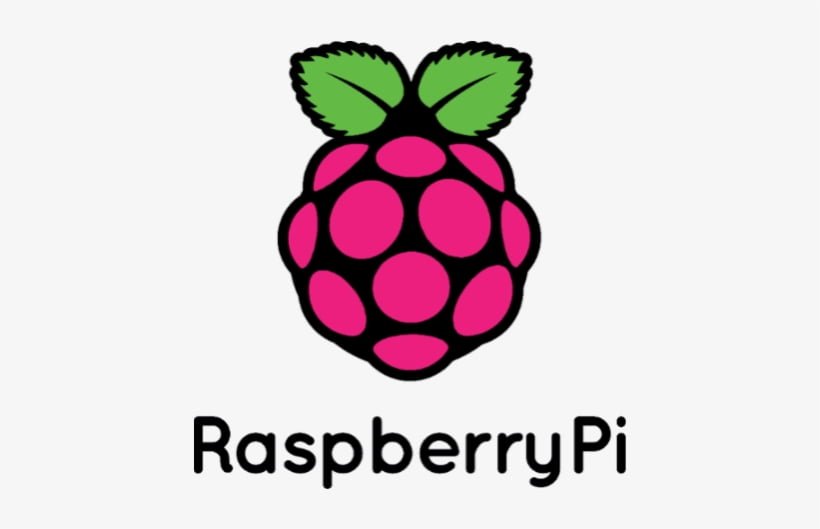
Installing Any OS on Your Raspberry Pi
Welcome to the world of Raspberry Pi, where endless possibilities await. In this guide, we’ll walk you through the process of installing any operating system on your Raspberry Pi, allowing you to tailor its capabilities to your specific needs.
What You’ll Need
Before we dive into the installation process, make sure you have the following essentials ready:
Raspberry Pi: Any model of the Raspberry Pi will do, but ensure you have the correct power supply.
MicroSD Card: A high-quality microSD card with at least 16GB of storage capacity is recommended.
Computer: You’ll need a computer with an SD card reader to write the OS to the microSD card.
MicroSD Card Reader: If your computer doesn’t have an SD card reader, you’ll need an external microSD card reader.
Internet Connection: You’ll need an internet connection to download the Raspberry Pi OS.
Choosing the Right OS:
One of the remarkable aspects of the Raspberry Pi ecosystem is the abundance of compatible operating systems. Whether you’re a beginner, a tinkerer, or a seasoned developer, there’s an OS for you. From the official Raspberry Pi OS to Ubuntu, Raspbian, RetroPie, and more, we’ll explore the options that suit your goals. We recommend using the Raspberry Pi Imager Tool.
Installing the Raspberry Pi Imager Tool
If your system is connected to the internet, you can browse and download many different operating systems directly from the Raspberry Pi Imager tool.
Raspberry Pi Imager Tool for Windows
- Download Raspberry Pi Imager: Start by downloading and installing the Raspberry Pi Imager on your computer. This tool simplifies the process of writing the OS to the microSD card.
Raspberry Pi Imager Tool for Linux
The Raspberry Pi Imager tool can be installed directly from the terminal on Debian based Linux distributions. Update your system libraries first using:
sudo apt update
Then install the Raspberry Pi Imager tool using:
sudo apt install rpi-imager -y
Installing an OS With the Raspberry Pi Imager
Now, with the Raspberry Pi Imager tool downloaded and installed, you can begin browsing the operating systems available within the Raspberry Pi Imager tool (you must be connected to the internet). Once you have chosen which operating system you wish to install, you can follow these simple steps:
- Insert the MicroSD Card: Insert the microSD card into your computer’s SD card slot or use an external SD card reader.
- Open Raspberry Pi Imager: Launch the Raspberry Pi Imager and select your OS from the available options.
- Select the MicroSD Card: In the Imager, select the microSD card you inserted.
- Write the OS: Click on the “Write” button, and the Imager will download the OS image and write it to the microSD card. This process may take a few minutes.
- Configure Wi-Fi and More: After the OS is written to the microSD card, open the “boot” partition (the only visible partition on most computers), and you can configure your Wi-Fi, keyboard layout, and other settings by editing the “wpa_supplicant.conf” and “config.txt” files.
- First Boot: Safely eject the microSD card, insert it into your Raspberry Pi, and power it up. The first boot may take a little longer as the system configures itself.
Installing an OS Not available in the Raspberry Pi Imager Tool
Installing operating systems on a Raspberry Pi that are not available through the Raspberry Pi Imager may require a more manual process. Here’s a general outline of the steps to install an unsupported OS on a Raspberry Pi:
Step 1: Obtain the Unsupported OS Image
Visit the official website or source for the operating system you want to install on your Raspberry Pi.
Download the operating system image file in a compatible format (e.g., IMG, ISO).
Step 2: Prepare an SD Card
Insert an SD card (8GB or larger is recommended) into your computer.
Use a tool like Etcher (available for Windows, macOS, and Linux) to write the downloaded image to the SD card. This tool will create a bootable SD card with the unsupported OS.
Step 3: Configure and Boot the Raspberry Pi
Eject the SD card from your computer and insert it into your Raspberry Pi.
Connect the necessary peripherals (keyboard, mouse, display, etc.) and power up your Raspberry Pi.
The unsupported OS should boot, and you will go through the initial setup process, which might include configuring settings like language, keyboard layout, Wi-Fi, or other preferences.
Step 4: Post-Installation Configuration
After the initial setup, follow any specific post-installation instructions provided by the unsupported OS documentation or community.
This may include installing drivers, additional software, or custom configurations depending on the particular OS and your intended use.
Keep in mind that installing unsupported operating systems might be more challenging because they may not be optimized or officially supported for the Raspberry Pi. Compatibility, drivers, and performance may vary. Be prepared to troubleshoot potential issues and refer to the documentation or community forums for the specific OS for guidance.
Conclusion
In the dynamic world of Raspberry Pi, the ability to choose, customize, and install operating systems empowers you to transform this tiny wonder into whatever you desire. From the convenience of the official Raspberry Pi Imager tool to the more manual process for unsupported OS options, your Raspberry Pi adventure knows no bounds.
With a world of possibilities at your fingertips, your Raspberry Pi becomes a powerhouse of innovation, a source of entertainment, a platform for learning, or a tool for creating the extraordinary. Explore, experiment, and enjoy your journey as you bring your Raspberry Pi to life, tailored precisely to your vision. The adventure is yours to craft, and the Raspberry Pi is your canvas.
That’s All Folks!
You can explore more of our Raspberry Pi guides here: Raspberry Pi for Beginners
Unlock the Possibilities
We have put together a list of some great Raspberry Pi products and deals: Shop Raspberry Pi Goodies Now!


